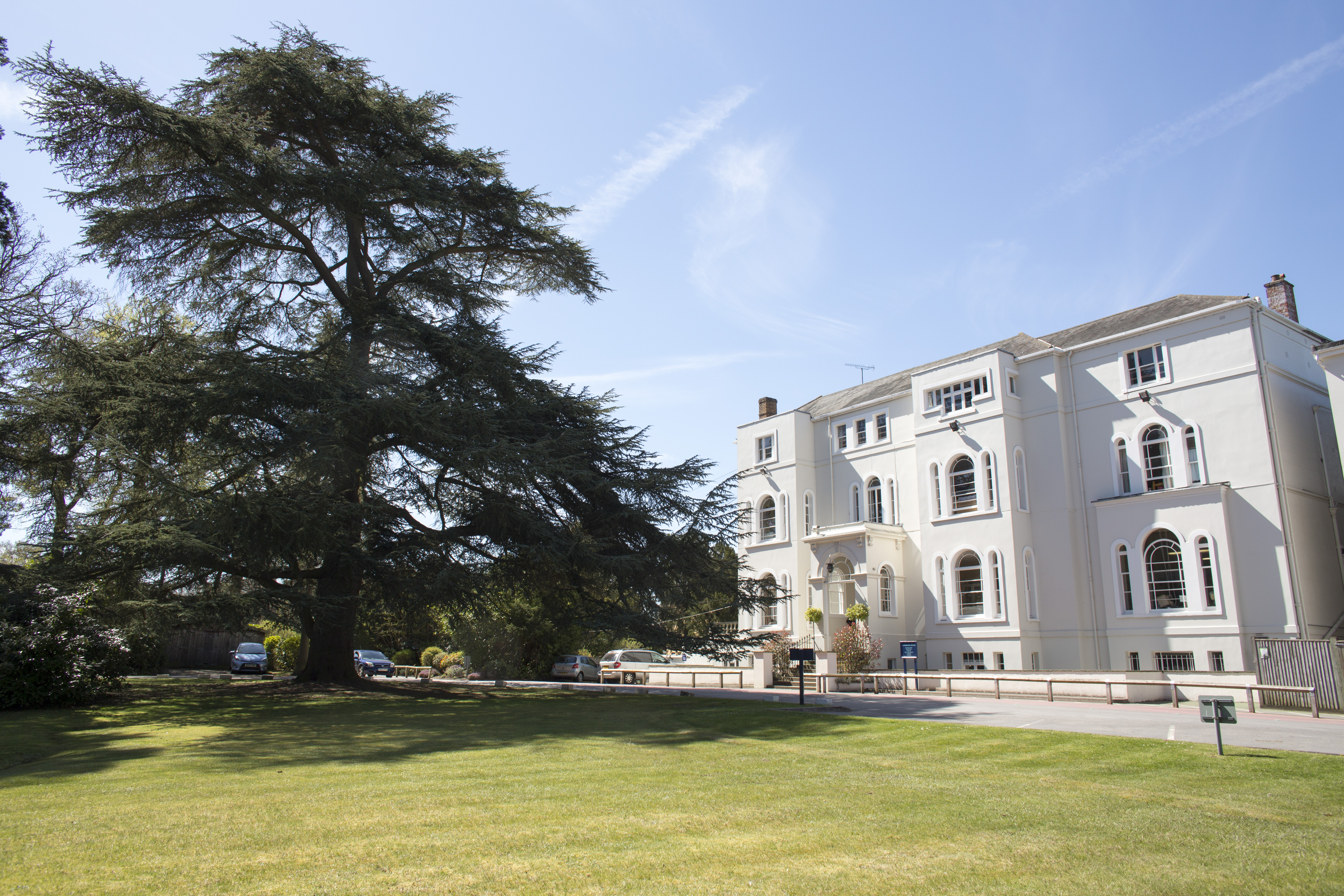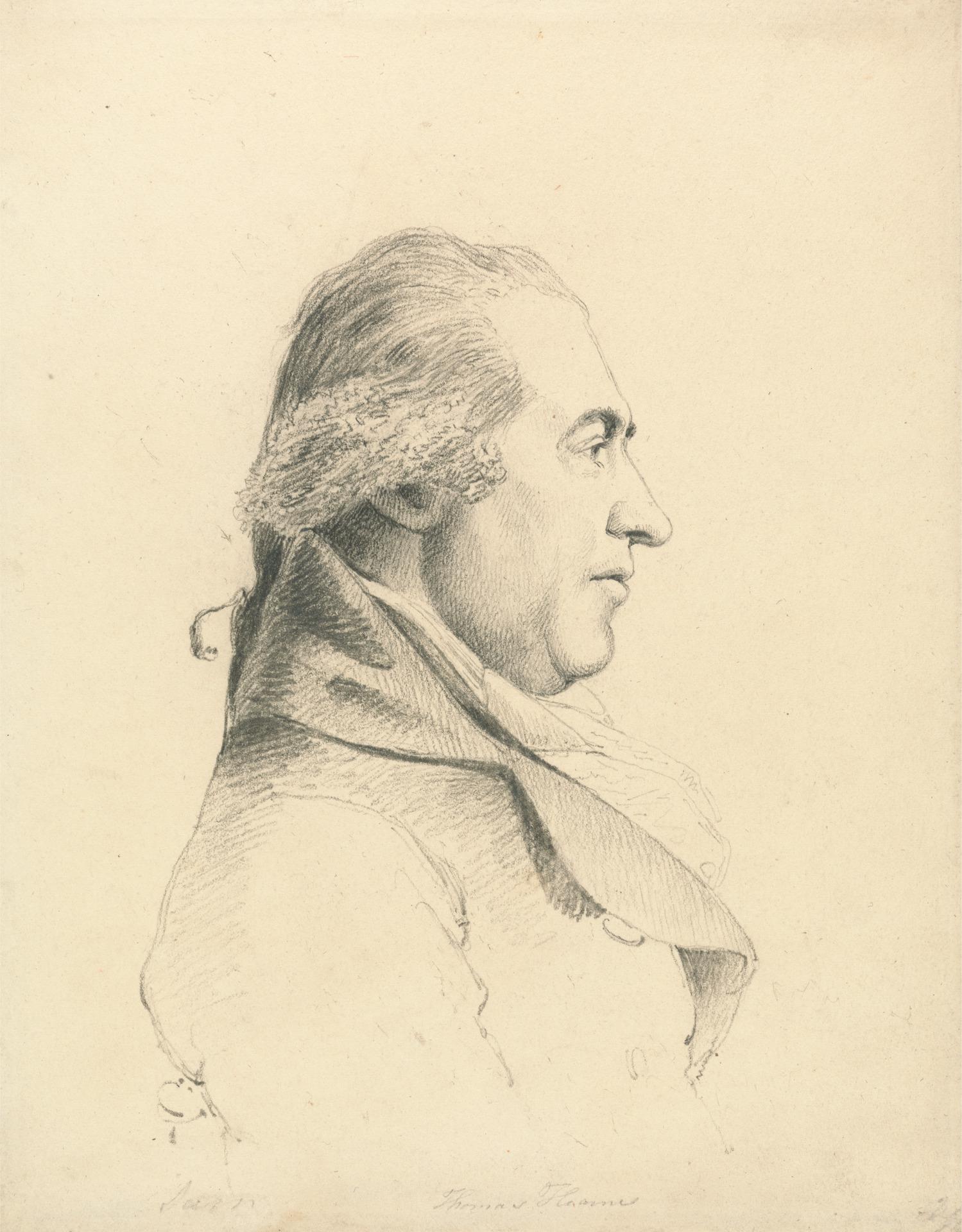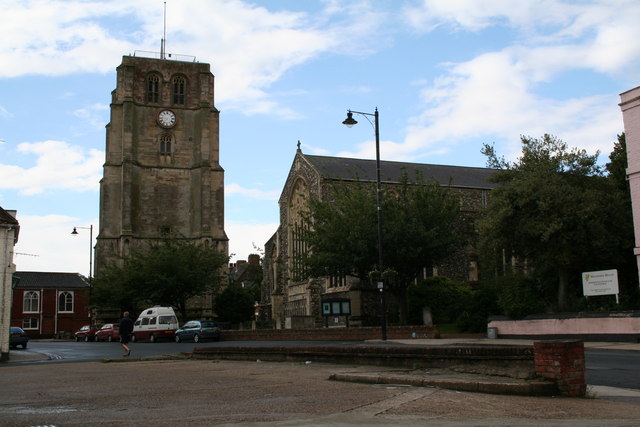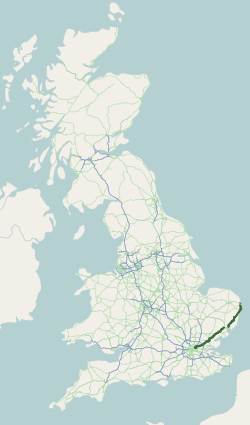|
Henstead, Suffolk
Henstead is a village near Kessingland and the A12 in the civil parish of Henstead with Hulver Street, in the county of Suffolk, England. It has a church called Church of St Mary which is a Grade I listed building. It has very few housing areas, and is a rural area. It is situated near Rushmere. The parish has a population of 408, and is in the district of East Suffolk, which contains many very similar sized civil parishes. The Private preparatory school, The Old School Henstead, is also located in the village. . The church has a Norman doorway, and an embattled tower. The village stands three miles from the coast, and five miles south-east of Beccles railway station. History The name "Henstead" means 'Hen place'. In 1771 the landscape artist, Thomas Hearne spent six weeks with the young George Beaumont in Henstead at the home of the latter's tutor at Eton Eton most commonly refers to Eton College, a public school in Eton, Berkshire, England. Eton may also refer to: P ... [...More Info...] [...Related Items...] OR: [Wikipedia] [Google] [Baidu] |
United Kingdom Census 2011
A Census in the United Kingdom, census of the population of the United Kingdom is taken every ten years. The 2011 census was held in all countries of the UK on 27 March 2011. It was the first UK census which could be completed online via the Internet. The Office for National Statistics (ONS) is responsible for the census in England and Wales, the General Register Office for Scotland (GROS) is responsible for the census in Scotland, and the Northern Ireland Statistics and Research Agency (NISRA) is responsible for the census in Northern Ireland. The Office for National Statistics is the executive office of the UK Statistics Authority, a non-ministerial department formed in 2008 and which reports directly to Parliament. ONS is the UK Government's single largest statistical producer of independent statistics on the UK's economy and society, used to assist the planning and allocation of resources, policy-making and decision-making. ONS designs, manages and runs the census in England an ... [...More Info...] [...Related Items...] OR: [Wikipedia] [Google] [Baidu] |
Preparatory School (UK)
A preparatory school (or, shortened: prep school) in the United Kingdom is a fee-charging independent primary school that caters for children up to approximately the age of 13. The term "preparatory school" is used as it ''prepares'' the children for the Common Entrance Examination in order to secure a place at an independent secondary school, typically one of the English public schools. They are also preferred by some parents in the hope of getting their child into a state selective grammar school. Most prep schools are inspected by the Independent Schools Inspectorate, which is overseen by Ofsted on behalf of the Department for Education. Overview Boys' prep schools are generally for 8-13 year-olds, who are prepared for the Common Entrance Examination, the key to entry into many secondary independent schools. Before the age of 7 or 8, the term "pre-prep school" is used. Girls' independent schools in England tend to follow the age ranges of state schools more closely than th ... [...More Info...] [...Related Items...] OR: [Wikipedia] [Google] [Baidu] |
Oxford Dictionary Of National Biography
The ''Dictionary of National Biography'' (''DNB'') is a standard work of reference on notable figures from British history, published since 1885. The updated ''Oxford Dictionary of National Biography'' (''ODNB'') was published on 23 September 2004 in 60 volumes and online, with 50,113 biographical articles covering 54,922 lives. First series Hoping to emulate national biographical collections published elsewhere in Europe, such as the '' Allgemeine Deutsche Biographie'' (1875), in 1882 the publisher George Smith (1824–1901), of Smith, Elder & Co., planned a universal dictionary that would include biographical entries on individuals from world history. He approached Leslie Stephen, then editor of the ''Cornhill Magazine'', owned by Smith, to become the editor. Stephen persuaded Smith that the work should focus only on subjects from the United Kingdom and its present and former colonies. An early working title was the ''Biographia Britannica'', the name of an earlier eightee ... [...More Info...] [...Related Items...] OR: [Wikipedia] [Google] [Baidu] |
Beaumont, Sir George Howland, Seventh Baronet
Sir George Howland Beaumont, 7th Baronet (6 November 1753 – 7 February 1827) was a British art patron and amateur painter. He played a crucial part in the creation of London's National Gallery by making the first bequest of paintings to that institution. Biography Born in Great Dunmow, Essex, he was the only surviving child of the landowner Sir George Beaumont, 6th Baronet, from whom he inherited the baronetcy in 1762 (see Beaumont baronets) and Rachel ee Howlanddaughter of Michael Howland of Stone Hall, Matching Green. Beaumont was educated at Eton College, where he was taught drawing by the landscape painter Alexander Cozens. The first paintings to enter Beaumont's collection were by artists he knew, but a Grand Tour which he undertook in 1782 with his wife Margaret (the daughter of John Willes M.P., of Astrop, Oxon and granddaughter of Sir John Willes M.P., Chief Justice of the Court of Common Pleas) widened his taste to include the Old Masters. On his return he beg ... [...More Info...] [...Related Items...] OR: [Wikipedia] [Google] [Baidu] |
Eton College
Eton College () is a public school in Eton, Berkshire, England. It was founded in 1440 by Henry VI under the name ''Kynge's College of Our Ladye of Eton besyde Windesore'',Nevill, p. 3 ff. intended as a sister institution to King's College, Cambridge, making it the 18th-oldest Headmasters' and Headmistresses' Conference (HMC) school. Eton is particularly well-known for its history, wealth, and notable alumni, called Old Etonians. Eton is one of only three public schools, along with Harrow (1572) and Radley (1847), to have retained the boys-only, boarding-only tradition, which means that its boys live at the school seven days a week. The remainder (such as Rugby in 1976, Charterhouse in 1971, Westminster in 1973, and Shrewsbury in 2015) have since become co-educational or, in the case of Winchester, as of 2021 are undergoing the transition to that status. Eton has educated prime ministers, world leaders, Nobel laureates, Academy Award and BAFTA award-winning actors, and ge ... [...More Info...] [...Related Items...] OR: [Wikipedia] [Google] [Baidu] |
Sir George Beaumont, 7th Baronet
Sir George Howland Beaumont, 7th Baronet (6 November 1753 – 7 February 1827) was a British art patron and amateur painter. He played a crucial part in the creation of London's National Gallery by making the first bequest of paintings to that institution. Biography Born in Great Dunmow, Essex, he was the only surviving child of the landowner Sir George Beaumont, 6th Baronet, from whom he inherited the baronetcy in 1762 (see Beaumont baronets) and Rachel ee Howlanddaughter of Michael Howland of Stone Hall, Matching Green. Beaumont was educated at Eton College, where he was taught drawing by the landscape painter Alexander Cozens. The first paintings to enter Beaumont's collection were by artists he knew, but a Grand Tour which he undertook in 1782 with his wife Margaret (the daughter of John Willes M.P., of Astrop, Oxon and granddaughter of Sir John Willes M.P., Chief Justice of the Court of Common Pleas) widened his taste to include the Old Masters. On his return he beg ... [...More Info...] [...Related Items...] OR: [Wikipedia] [Google] [Baidu] |
Thomas Hearne (artist)
Thomas Hearne (22 September 1744 – 13 April 1817) was an English landscape painter, engraver and illustrator. Hearne's watercolours were typified by applying a wash of subtle subdued colours over a clear outline in fine brush, pen or pencil. His techniques were studied by younger artists such as Thomas Girtin and J. M. W. Turner. Early life Thomas Hearne was born at Marshfield, Gloucestershire. When he was five years old, his father, William, died and Thomas moved with his mother, Prudence, to Brinkworth, Wiltshire. One of his biographers, Simon Fenwick, suggests that the nearby Malmesbury Abbey proved an inspiration to Hearne's later interest in Gothic architecture. As a teenager he was apprenticed to his uncle who worked as a pastry cook in Maiden Lane, Covent Garden. Next door was a print shop; Miller, the engraver, no doubt facilitated his move to the profession of artist. In its early years, the Royal Society of Arts offered prizes—which it called "premiums"— ... [...More Info...] [...Related Items...] OR: [Wikipedia] [Google] [Baidu] |
The Old School, Henstead - Geograph
''The'' () is a grammatical article in English, denoting persons or things already mentioned, under discussion, implied or otherwise presumed familiar to listeners, readers, or speakers. It is the definite article in English. ''The'' is the most frequently used word in the English language; studies and analyses of texts have found it to account for seven percent of all printed English-language words. It is derived from gendered articles in Old English which combined in Middle English and now has a single form used with pronouns of any gender. The word can be used with both singular and plural nouns, and with a noun that starts with any letter. This is different from many other languages, which have different forms of the definite article for different genders or numbers. Pronunciation In most dialects, "the" is pronounced as (with the voiced dental fricative followed by a schwa) when followed by a consonant sound, and as (homophone of pronoun ''thee'') when followed by a ... [...More Info...] [...Related Items...] OR: [Wikipedia] [Google] [Baidu] |
Private Schools In The United Kingdom
In the United Kingdom, private schools or independent schools are fee-charging schools, some endowed and governed by a board of governors and some in private ownership. They are independent of many of the regulations and conditions that apply to state-funded schools. For example, pupils do not have to follow the National Curriculum, although, some schools do. Historically the term 'private school' referred to a school in private ownership, in contrast to an endowed school subject to a trust or of charitable status. Many of the older independent schools catering for the 12–18 age range in England and Wales are known as public schools, seven of which were the subject of the Public Schools Act 1868. The term "public school" derived from the fact that they were then open to pupils regardless of where they lived or their religion (while in the United States and most other English-speaking countries "public school" refers to a publicly-funded state school). Prep (preparatory) schoo ... [...More Info...] [...Related Items...] OR: [Wikipedia] [Google] [Baidu] |
Beccles
Beccles ( ) is a market town and civil parish in the English county of Suffolk.OS Explorer Map OL40: The Broads: (1:25 000) : . The town is shown on the milestone as from London via the A145 and A12 roads, north-east of London as the crow flies, south-east of Norwich and north-northeast of the county town of Ipswich. Nearby towns include Lowestoft to the east and Great Yarmouth to the north-east. The town lies on the River Waveney on the edge of The Broads National Park. It had a population at the 2011 census of 10,123. Worlingham is a suburb of Beccles; the combined population is 13,868. Beccles twinned with Petit-Couronne in France in 1978. History The name is conjectured to be derived from Becc-Liss* (Brittonic=Small-court). However, also offered is Bece-laes* (Old English=Meadow by Stream), as well as a contraction of ''Beata Ecclesia'', the name of the Christian temple erected c. 960 by the monks of the monastery of Bury. Once a flourishing Anglian riverport, it lie ... [...More Info...] [...Related Items...] OR: [Wikipedia] [Google] [Baidu] |
A12 Road (England)
The A12 is a major road in Eastern England. It runs north-east/south-west between London and the coastal town of Lowestoft in the north-eastern corner of Suffolk, following a similar route to the Great Eastern Main Line until Ipswich. A section of the road between Lowestoft and Great Yarmouth became part of the A47 in 2017. Between the junctions with the M25 and the A14, the A12 forms part of the unsigned Euroroute E30 (prior to 1985, it was the E8). Unlike most A roads, this section of the A12, together with the A14 and the A55, has junction numbers as if it were a motorway. The section of the A12 through Essex has sections of dual two lanes and dual three lanes, with eight changes in width between the M25 to Ipswich. It was named as Britain's worst road because of "potholes and regular closures due to roadworks" in a 2007 survey by Cornhill Insurance. The A12 is covered by Highways England's A12 and A120 Route Management Strategy. Starting just north of the Blackwall Tu ... [...More Info...] [...Related Items...] OR: [Wikipedia] [Google] [Baidu] |





.png)


